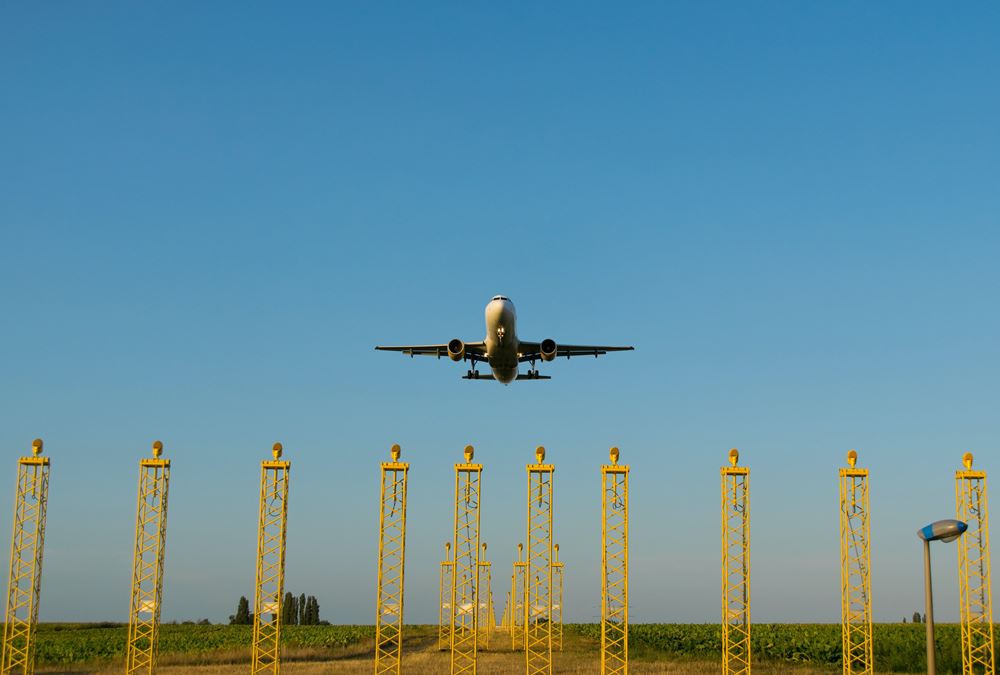- Home
- Business Processes
- Industry Knowledge
- Aerospace Industry
- Automotive Industry
- Banking Domain
- BFSI Industry
- Consumer/ FMCG Industry
- Chemicals Industry
- Engineering & Construction
- Energy Industry
- Education Domain
- Finance Domain
- Hospitality Domain
- Healthcare Industry
- Insurance Domain
- Retail Industry
- Travel and Tourism Domain
- Telecom Industry
- Leadership Skills
- eLearning
- Home
- Industry Knowledge
- Aerospace Industry
- Key Sectors of Aerospace and Defense Industry
Key Sectors of Aerospace and Defense Industry
Understand the categorization of the aerospace industry to various sectors based on the services it currently provides. Understand the key constituents under these sectors and activities under each of these sectors.
The aerospace and defense industry, as it has transformed itself during a short period of last century and based on the services it provides, can be classified into two key sectors, Civil Aviation and Military Aviation.
Civil Aviation Sector:
Civil aviation is one of two major categories of aerospace, representing all non-military aviation, both private and commercial. Civil aviation includes scheduled air transport, including all passenger and cargo flights operating on regularly scheduled routes; and general aviation (GA), including all other civil flights, private or commercial. Although scheduled air transport is larger in terms of passenger numbers, general aviation is larger in terms of the number of flights and flight hours.
Commercial aviation includes most or all flying done for hire, particularly scheduled service on airlines; and private aviation includes pilots flying for their own objectives like recreation, business meetings, etc. with or without receiving any remuneration. All scheduled air transport is commercial, but general aviation can be either commercial or private.
The global civil aerospace products manufacturing sector deals with all aspects of civil aviation. For example, companies in the civil sector manufacture complete civil aircraft, propulsion units, aerospace engines, and auxiliary equipment or parts. The key products and services in the civil aerospace sector include general, regional, and large aircraft, as well as aircraft engines and other parts.
Military Aviation Sector:
Military aviation is the use of aircraft and other flying machines for the purposes of conducting or enabling warfare, including national airlift (cargo) capacity to provide logistical supply to forces stationed in a unit or base or along a front. Airpower includes the national means of conducting such warfare including the intersection of transport and warcraft. The wide variety of military aircraft includes bombers, fighters, fighter bombers, transports, trainers, and reconnaissance aircraft.
The military sector is made up of companies that manufacture complete fighter, bomber, or military transport aircraft or missiles. They engage in the manufacture of aircraft including ground-attack aircraft, Attack helicopters, Bombers, Fighters, Multirole combat aircraft, Reconnaissance aircraft, and Military transport aircraft. Experimental aircraft are manufactured to test advanced aerodynamic, structural, avionic, or propulsion concepts. Other companies in this sector manufacture aerospace engines, propulsion units, missile guidance systems, or auxiliary parts. Prototypes of aerospace products are also developed in this sector, as are modifications to aircraft systems and complete aircraft overhauls.
In terms of global size, the aerospace and defense industry is currently estimated at around $800 billion USD. That number is increasing steadily each year. The military sector accounts for the largest portion of the market's value, ~70%. The U.S. aerospace and defense industry is the largest in the world, comprising just over half of 53.9% of the total global revenues. The second and third largest markets are Europe and Canada, with Europe controlling a significant market share of 35.9% of total global revenues. Brazil and Japan represent a less significant percentage of world revenues with a combined 5.0% and 4.0%, respectively. Other countries and regions also have aerospace and defense-related employment, such as Mexico, Russia, China, Poland, Czech Republic, South Korea, and others. As we advance towards a more and more globalized world, the aerospace and defense industry plays a crucial role in global economies.
Suggested Reading and Resources
Related Links
You May Also Like
-
Civil Aviation Sector – A brief History
The civil aviation sector has transformed itself during the last hundred years. There has been massive technological development in passenger traffic and comfort and now the civil aviation industry accounts for approximately 30% of the overall aerospace industry. A brief account of civil aviation history is presented in this article.
-
Military & Defense Aerospace Sector – Sector Profile
In this article, we will discuss the important sub-sectors of the Military & Defense Aerospace Sector namely military aircraft manufacturing and military avionics, maintenance, repair, and overhaul (MRO), missiles, C4ISR, and related services and modeling, simulation, and training.
-
Aerospace Industry: The Business Model
In this article, we will discuss the value chain of the Aerospace Industry and will define the generic business model to understand the key process areas in the aerospace industry. This will provide you with a basic understanding of key activities in the industry.
-
Civil Aerospace Sector - Sector Profile
In this article, we will discuss the four important sub-sectors of the Civil Aerospace Sector namely “Civil Aircraft Manufacturing”, “Commercial Avionics”, “MRO” and “Commercial Simulation & Training”.
-
Aerospace Industry - The Competitive Landscape
This article provides an overview of the competitive landscape of the aerospace industry. Read how the compaction is shaped up across the US and the globe, followed by a detailed discussion of the top 5 players in the sector in terms of revenue.
-
Civil Aerospace - Commercial Simulation and Training
Training people how to operate and maintain today’s sophisticated aircraft as well as on-board and ground support systems can be very complex and costly. To be effective, the training environment must accurately simulate the features and capabilities of the actual systems in a wide range of operating scenarios. Commercial modeling, visual simulation, flight simulation, and computer-based training are the key methods used by this subsector.
-
Civil Aerospace: Commercial Avionics Industry
Commercial avionics refers to cockpit electronics and airborne equipment, although it doesn't include antennas, recorders, or other passenger-only cabin systems. Avionics is referred to denote the electronic systems that are utilized in aircraft.
-
Key Sectors of Aerospace and Defense Industry
Understand the categorization of the aerospace industry to various sectors based on the services it currently provides. Understand the key constituents under these sectors and activities under each of these sectors.
-
Civil Aerospace: Civil Aircraft Manufacturing Industry
This article discusses sectors within the Civil Aerospace Sector and its subsectors, products, and services. This article provides an overview of the definition, industry products, industry activities, and global locations.
-
Civil Aerospace: Maintenance, Repair & Overhaul (MRO)
This subsector under the civil aerospace industry includes the maintenance, repair, and overhaul (Known as MRO) of civil aircraft and aircraft components. This includes line and heavy maintenance of civil aircraft, as well as repair and overhaul of all parts of an aircraft, including engines, electronic components, and avionics, instruments, and aircraft structures.
Explore Our Free Training Articles or
Sign Up to Start With Our eLearning Courses

About Us
Learning
© 2023 TechnoFunc, All Rights Reserved









